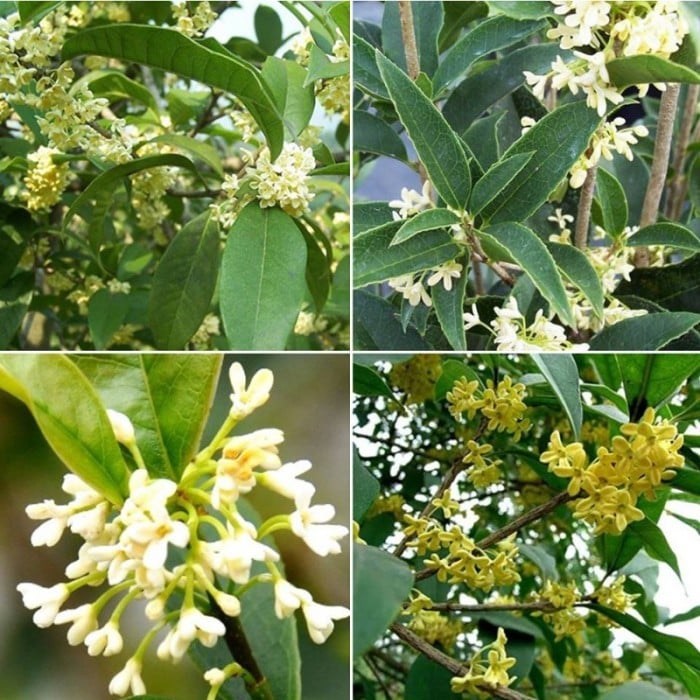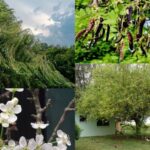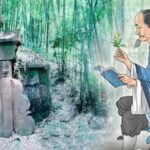The Cassia tree, also known as the Cinnamon flower, is widely cultivated in Vietnam. This tree is not only aesthetically pleasing but also holds significant value in feng shui, making it a popular and economically valuable plant.
Cassia is a small tree with dense, spreading branches. Its leaves are thick, oval-shaped with serrated edges, and a deep green color, featuring prominent veins.

The Cassia tree, known as the Cinnamon flower, is a common sight in Vietnam.
Cassia trees bloom year-round, but their fragrance is most potent during the autumn, when they produce an abundance of flowers with a captivating, sweet scent. The flowers grow in clusters and come in shades of white and light yellow. This tree rarely bears fruit.
Despite its unassuming appearance, the Cassia tree reveals its true value when it blooms, exuding both simplicity and elegance. This dichotomy is captured in the Vietnamese saying, “Sắc trà hương mộc” (“Tea’s color, wood’s fragrance”), which has become an integral part of Vietnamese culture.

The best position for the Cassia tree is in front of a house’s entrance, attracting luck and prosperity.
According to feng shui, the ideal position for a Cassia tree is in front of a house’s entrance, avoiding blocking the main door or gate. This placement is believed to invite good fortune and prosperity for the homeowners. The yellow and white hues of the flowers are particularly auspicious for those with a Kim (Metal) element in their Chinese zodiac sign.

In folk feng shui, the Cassia tree symbolizes prosperity and good luck.
The gentle fragrance of Cassia flowers helps relax the nerves and promotes restful sleep, benefiting the entire household. Additionally, the tree is believed to purify and energize the surrounding atmosphere, dispelling negative energies.
In folk feng shui, the Cassia tree is an enduring symbol of prosperity and good fortune.
The Ancient’s Wisdom: Unraveling the Mystery of Yin and Yang in Plant Placement for Prosperity and Legacy
In the ancient art of Feng Shui, it is believed that certain plants possess yin and yang energies that can greatly impact the home and grave. A skilled practitioner would advise against bringing yin plants into the home, as these are believed to attract negative energy. Similarly, yang plants are not recommended for gravesites as they are thought to disrupt the peace and tranquility of the deceased. By understanding and respecting these energies, one can create a harmonious balance between the living and the afterlife.
The Ancient Adage: ‘Why Avoid Three People When Visiting a Grave and Not Stay Past Hour of the Scent?’
“The phrase ‘tảo mộ không quá ba đời’ translates to ‘tomb sweeping is usually done within three generations’. This cultural practice typically involves the second generation, such as children paying respects to their parents, and the third generation, such as grandchildren doing the same for their grandparents.”



































